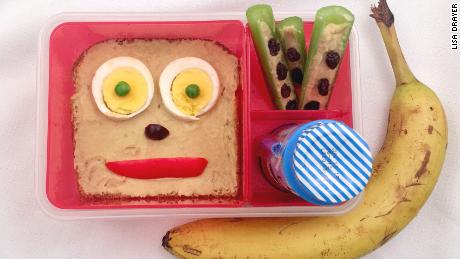Since the pandemic began, 40% of parents have avoided seeking care at all, citing concerns about infection, office closures and cost.
That’s not good, said pediatric dentist and American Dental Association spokesperson Dr. Jonathan Shenkin. “Delays in preventative care could result in kids developing more tooth decay,” he said. “The problem with tooth decay is that when it starts in childhood, it’s really the strongest indicator of risk into adulthood.”
Despite fears about transmission of Covid-19 in dental offices, Shenkin said infection control measures have proved effective in protecting patients and staff.
November study published in The Journal of the American Dental Association.
nearly a quarter reported longer than usual wait times, the C.S. Mott survey reported.
who are more likely to be Black, multiracial or Latino than their counterparts with private insurance.
Here’s why the delays have become so widespread, and how parents can ensure their kids’ teeth stay healthy until the next checkup.
Why care became so scarce
closure of dentists’ offices last March caused a ripple effect, Shenkin said. It was chaotic, and no one knew when offices would reopen. By the time dentists were booking again in late April or May, small problems had grown larger.
“Some kids that needed fillings now needed extractions,” he said. “We also had to cancel appointments for kids that had prevention appointments and push them out.” That left a backlog of visits that offices are still scrambling to catch up with.
a recent survey by the American Academy of Pediatric Dentistry said they did not have enough N95 respirators to change them between every patient.
Not only that, some measures to prevent transmission of Covid-19 limit the number of patients dentists can accommodate, Shenkin explained. “A lot of pediatric practices are open clinics, and the kids are really close to each other, which of course we can’t do any more. We have to have separation; we have to have barriers; we have to separate kids,” he said.
according to the AAPD. An additional 17% of providers reported operations between 51% and 75% of pre-pandemic numbers.
Overcoming hurdles to get kids care they need
many such programs have been disrupted as well. That’s especially hard on families with children insured through Medicaid or the Children’s Health Insurance Program. They face additional barriers to getting care.
found the Health Policy Institute of the American Dental Association. One 2015 report by the HPI showed that just 38.5% of children living below the poverty line had visited a dentist in the previous 12 months.
found a 2011 study in the American Journal of Public Health.
Dentist Locator tool to search for providers in your area who accept Medicaid or CHIP. (You can also call 1-877-KIDS-NOW, or find more information on enrolling kids in dental
insurance programs here.)
Give Kids a Smile program, which includes free screenings, preventative care and treatments. While GKAS usually features big, crowded events, this year’s rollout offers a mix of virtual education and Covid-safe, in-person services at dentist offices. (Call the ADA at 1-844-490-4527 for information about GKAS services in your area.)
are federally funded, offer free or reduced-cost dental care services. Another option is to make an appointment at a
dentistry school or
dental hygienist school in your area, where students do preventative care as part of their training.
send droplets into the air, so the CDC has recommended alternatives using hand tools.
Taking good care of teeth at home
Preventative dental care appointments are key to oral health, said dentist Shenkin. They’re a chance for kids to learn about taking care of their teeth. But whether you’re ready to book or choose to postpone care, he added that this is a critical time to maintain best practices at home.
That starts with a diet that limits sugar, which feeds the harmful bacteria that cause tooth decay. “The only drink (kids) should be drinking during the day is water, and maybe milk,” Shenkin said.
It’s best to avoid sugary beverages entirely, he said, but if your child does drink one, the timing matters. “If you’re going to have it, have it with a meal.”
Next up is twice-daily brushing with a fluoride toothpaste and a soft-bristled toothbrush that fits in a kid’s hand. “If you brush once a day, you’re already putting yourself in a higher risk category,” Shenkin said.
it’s time to start flossing. At age 10, kids can usually floss unsupervised, according to the AAPD.
good nutrition and oral hygiene might slide in a hectic time, when many families are juggling disrupted school, work and home lives.
By sticking to the basics of careful hygiene, though, you’ll set up your child for good oral health — whether or not you take them to the dentist just yet.
Jen Rose Smith is a writer based in Vermont. Find her work at jenrosesmith.com, or follow her on Twitter @jenrosesmithvt.







